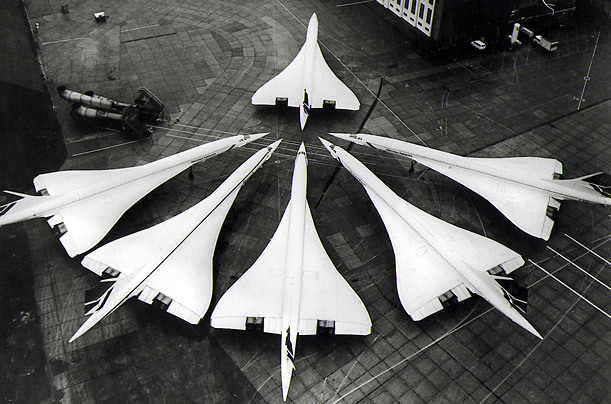Abstract The official website of HRL Labs in the United States reported that the laboratory researchers made major breakthroughs in the field of 3D printing technology. They have developed a new technology that uses a 3D printing method to create a super-ceramic material that not only has a complex shape, but also withstands more than 1,700 degrees Celsius...
The official website of the US HRL Lab reported that the laboratory researchers made major breakthroughs in the field of 3D printing technology. They have developed a new technology that uses 3D printing to create a super-ceramic material that not only has a complex shape, but also withstands temperatures in excess of 1,700 degrees Celsius, and is expected to play a major role in aerospace and MEMS. 
3D printed ceramics can withstand high temperatures of 1700 degrees or be used in very supersonic aircraft
In the new study, chemical engineer Zach Eckel and chemist Zhou Chaoyin (transliteration) invented a resin formulation consisting of silicon, nitrogen and oxygen, which was irradiated with a beam of ultraviolet light in a 3D printer. Will make it hard. This resin, known as a ceramic precursor, can be 3D printed into parts of various shapes and sizes, and the printed material can be converted into a high-strength, fully dense ceramic after overheating.
Tobias Schedler, a materials scientist at HRL Labs, said the new method is 100 to 1000 times more efficient than previous 3D ceramic printing technology and 10 times stronger than similar materials.
Researchers believe that this super-strong, high-temperature ceramic is expected to be used in the manufacture of large parts on jet engines and very supersonic aircraft, and complex parts in MEMS (such as micro-sensors).
Relevant research results were published in the journal Science published on the 1st.
Editor-in-chief
Since the advent of the mid-1980s, 3D printing technology has revolutionized many of the imaginations of traditional manufacturing and has become the newest and fastest forming device. If people used to worry that materials would become a major obstacle to this technology, as the news of various materials applied in 3D printing technology was frequently transmitted, we no longer need to worry about this problem. Although it is still more suitable for small-scale manufacturing, in the future, this technology will undoubtedly be applied to high-end customized products. By then, 3D printing will significantly increase the speed of execution tasks, reduce manufacturing costs, and give us more imagination.
Concealed Shower System,Recessed Shower System,Concealed Rain Shower System,Stainless Steel Thermostatic Rain Shower
kaiping aida sanitary ware technology co.,ltd , https://www.aidafaucets.com
